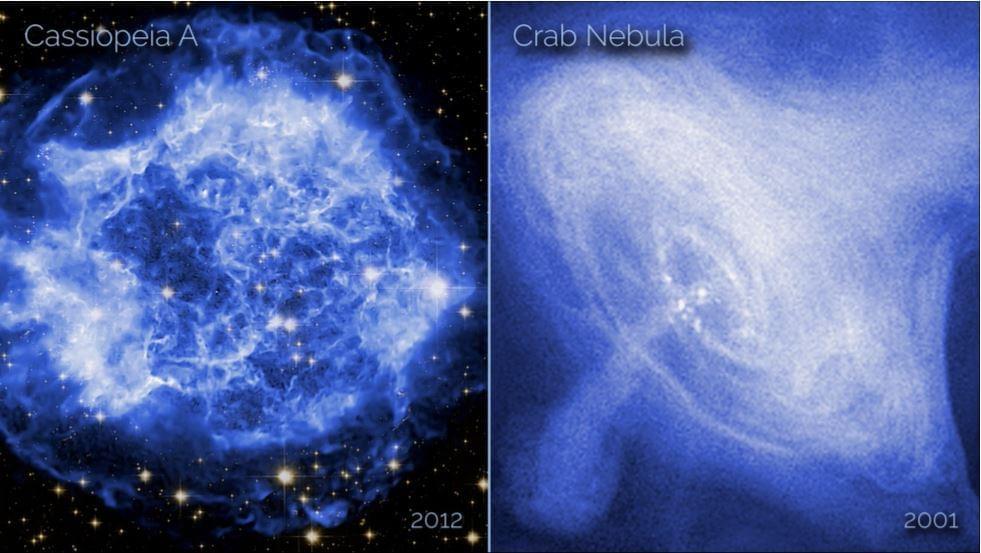Clean electricity generation paired with the first grid-level sodium battery energy storage system can bring costs down to just $0.028 per kWh. The 10 MWh storage capacity is executed with sodium-ion cells that can be charged in just 12 minutes.


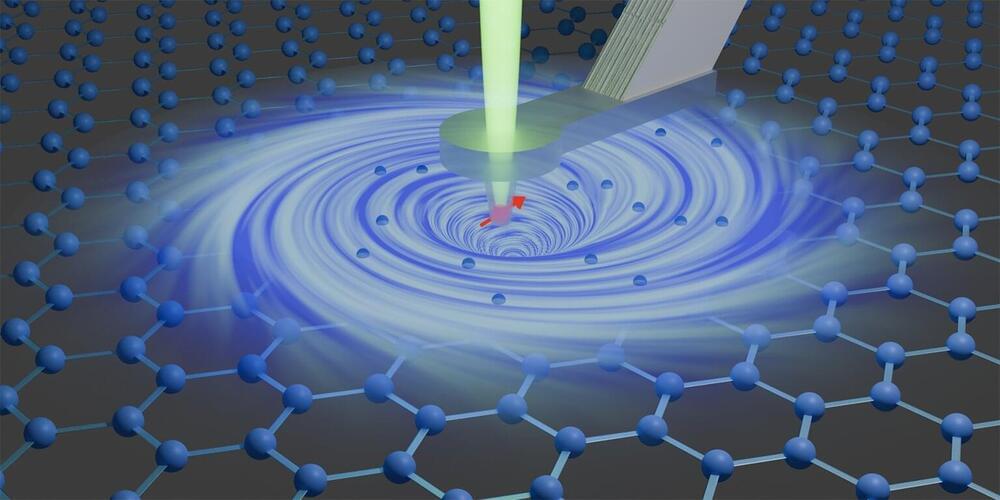
When an ordinary electrical conductor—such as a metal wire—is connected to a battery, the electrons in the conductor are accelerated by the electric field created by the battery. While moving, electrons frequently collide with impurity atoms or vacancies in the crystal lattice of the wire, and convert part of their motional energy into lattice vibrations. The energy lost in this process is converted into heat that can be felt, for example, by touching an incandescent light bulb.
Sperm whales rattle off a series of rapid-fire clicks that researchers have named “codas.” Each coda consists of between three and 40 clicks. In addition to changing the number of clicks they make in quick succession, whales often speed up or slow down the tempo of each coda—researchers call this “rubato.” Sometimes, they add an extra “click” at the end of a coda, which scientists call “ornamentation.”
In the end, the team identified 156 distinct codas, each with its own rubato, ornamentation, tempo and rhythm. On their own, these codas may simply be meaningless sounds. But when combined, they could add up to something akin to syllables, words or even sentences.
“We’re now starting to find the first building blocks of whale language,” says study co-author David Gruber, a marine biologist and the founder of Project CETI, to the Associated Press’ Maria Cheng.
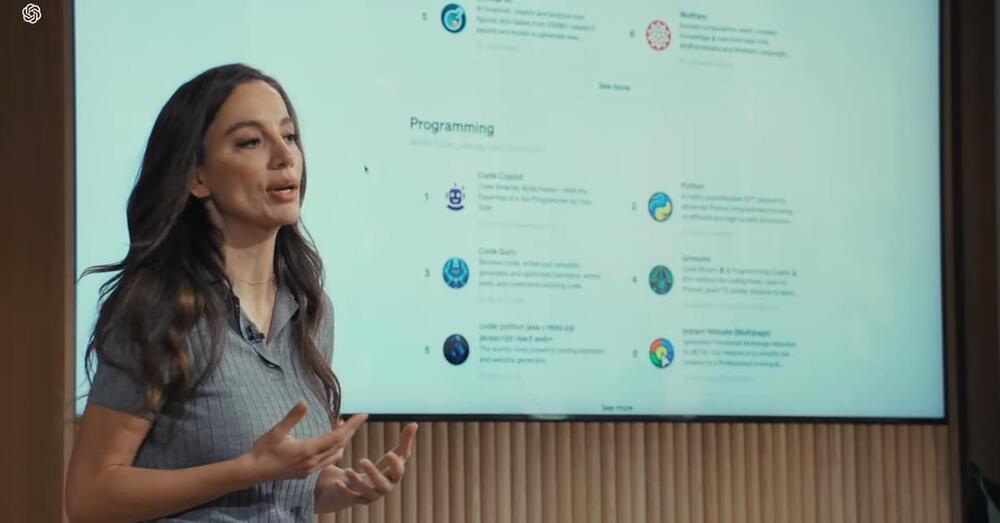



BYD officially launched its new Sea Lion 7, a mid-size smart electric SUV poised to rival Tesla’s top-selling Model Y. Starting at 189,800 yuan ($26,250), the BYD Sea Lion 7 is the first EV based on its new e-Platform 3.0 Evo.
After unveiling the Sea Lion 07 at the Guangzhou Auto Show in November, BYD officially launched the new electric SUV last week.
BYD said it was its first “medium-sized urban smart electric SUV.” It’s also the first EV based on BYD’s new e-Platform 3.0 Evo. The new EV platform is an upgrade from the e-Platform 3.0 with improved charging and powertrain capability.
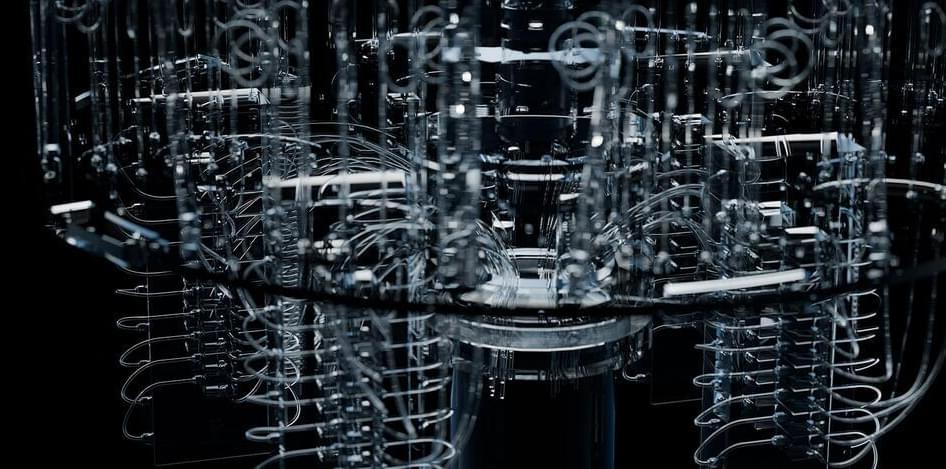
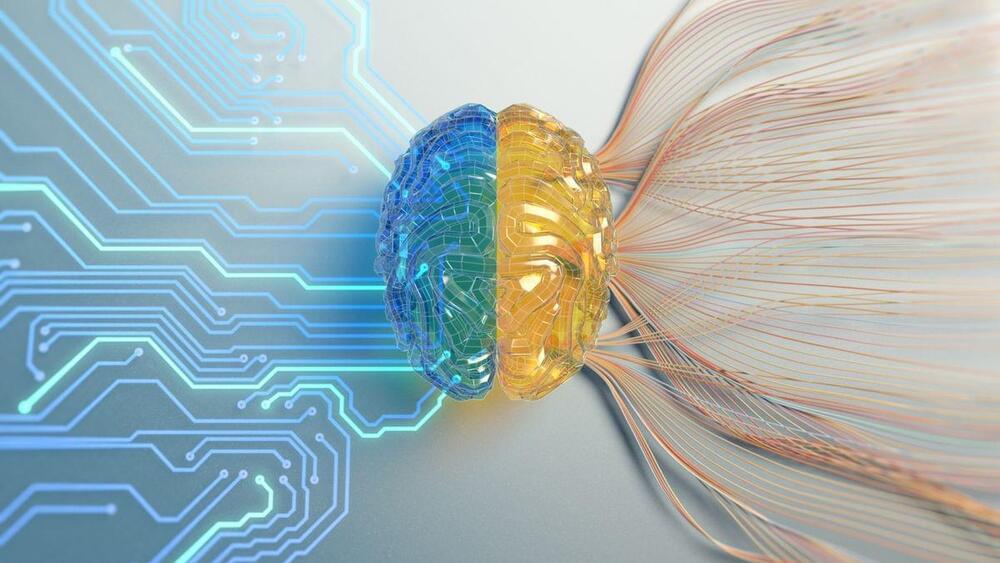
But MIT scientists now claim to have cracked this problem by creating “a treasure trove” of natural language “abstractions” that could lead to more powerful AI models. Abstractions turn complex subjects into high-level characterizations and omit non-important information — which could help chatbots reason, learn, perceive, and represent knowledge just like humans.
Currently, scientists argue that LLMs have difficulty abstracting information in a human-like way. However, they have organized natural language abstractions into three libraries in the hope that they will gain greater contextual awareness and give more human-like responses.
The scientists detailed their findings in three papers published on the arXiv pre-print server Oct. 30 2023, Dec. 13 2023 and Feb. 28. The first library, called the “Library Induction from Language Observations” (LILO) synthesizes, compresses, and documents computer code. The second, named “Action Domain Acquisition” (Ada) covers AI sequential decision making. The final framework, dubbed “Language-Guided Abstraction” (LGA), helps robots better understand environments and plan their movements.
